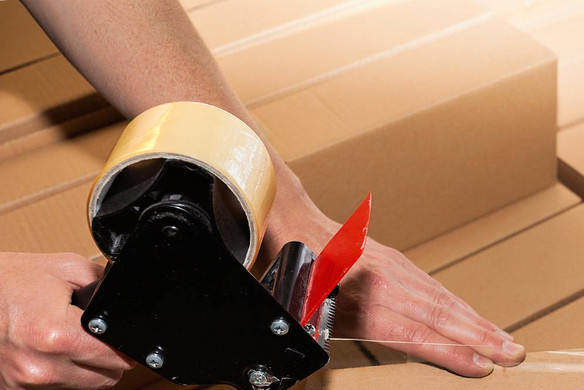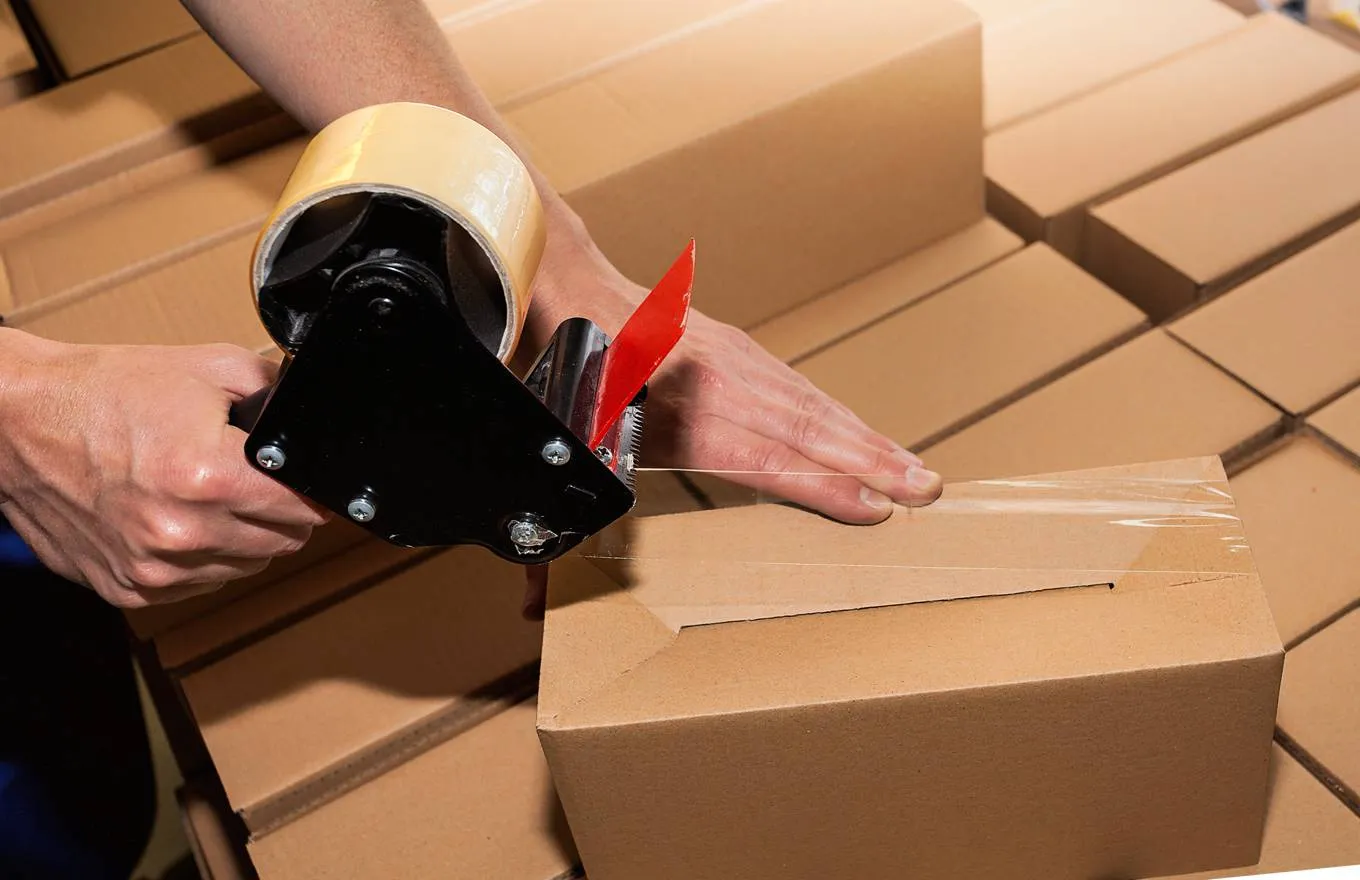Whether you’re a brick-and-mortar business that occasionally ships stuff to customers, or you have a full-fledged e-commerce operation, shipping is important. Luckily, our friends over at ShipStation put together this handy guide to help you get the right box out the door, every time. Their top tips are below, and you can read the full article on their blog.
Sourcing boxes
For less customized boxes, you have several options. Box stores and postal outlets sell packing materials and packages for shipping both large and small items. Many websites send free boxes in exchange for using their shipping services. Some of our clients also source standard packaging and box materials through places like eBay.
Size matters
Standard practice says to pick a package that is just slightly larger than the item being shipped (to accommodate some protective packing material) but not so large so that the product is at risk of damage or incurs undue shipping costs. Uline claims 1,300 box sizes and types, so whatever you need, you’re sure to find it there.
Dimensional pricing and weight concerns
Dimensional pricing is in effect. If you haven’t already done so, you may want to consider packaging changes to minimize the cost. Choose smaller box sizes, eliminate any extra packaging materials, and invest in prescored multidepth boxes that can be cut to various sizes. Aside from dimensional costs, keep in mind the anticipated increases to FedEx’s general rate, surcharge, and accessorial costs.
The box as brand
Depending on the price point and brand proposition, many online retailers now see the huge value in making the package part of the total experience. Anyone who has ever received a box from Loot Crate or One King’s Lane will know what we mean. This is your first physical touch point with the buyer and a perfect way to make your logo and style an integral part of every piece of the ordering experience. There are literally hundreds of resources for custom box design. Check out Yebo or Custom Made Boxes as a start.
Beyond the box
Some people aren’t even using boxes anymore, depending on the shape and size of their products. One of our favorite examples is Writeyboard, a ShipStation client. They use packaging in the shape of dry erase markers to send some of their products.
Could something similarly creative work for you? Whether you choose to heavily brand your boxes, pick something that doesn’t even resemble a box, or go with the tried-and-true shipping methods, there are many things to consider and plan for as you choose the most economical and effective way of delivering your product to your customer.
*This article was written by our friends over at ShipStation and originally posted on their blog. For all your shipping tasks, be sure to link your Square account to ShipStation’s app, which is part of Square App Marketplace.
![]()












